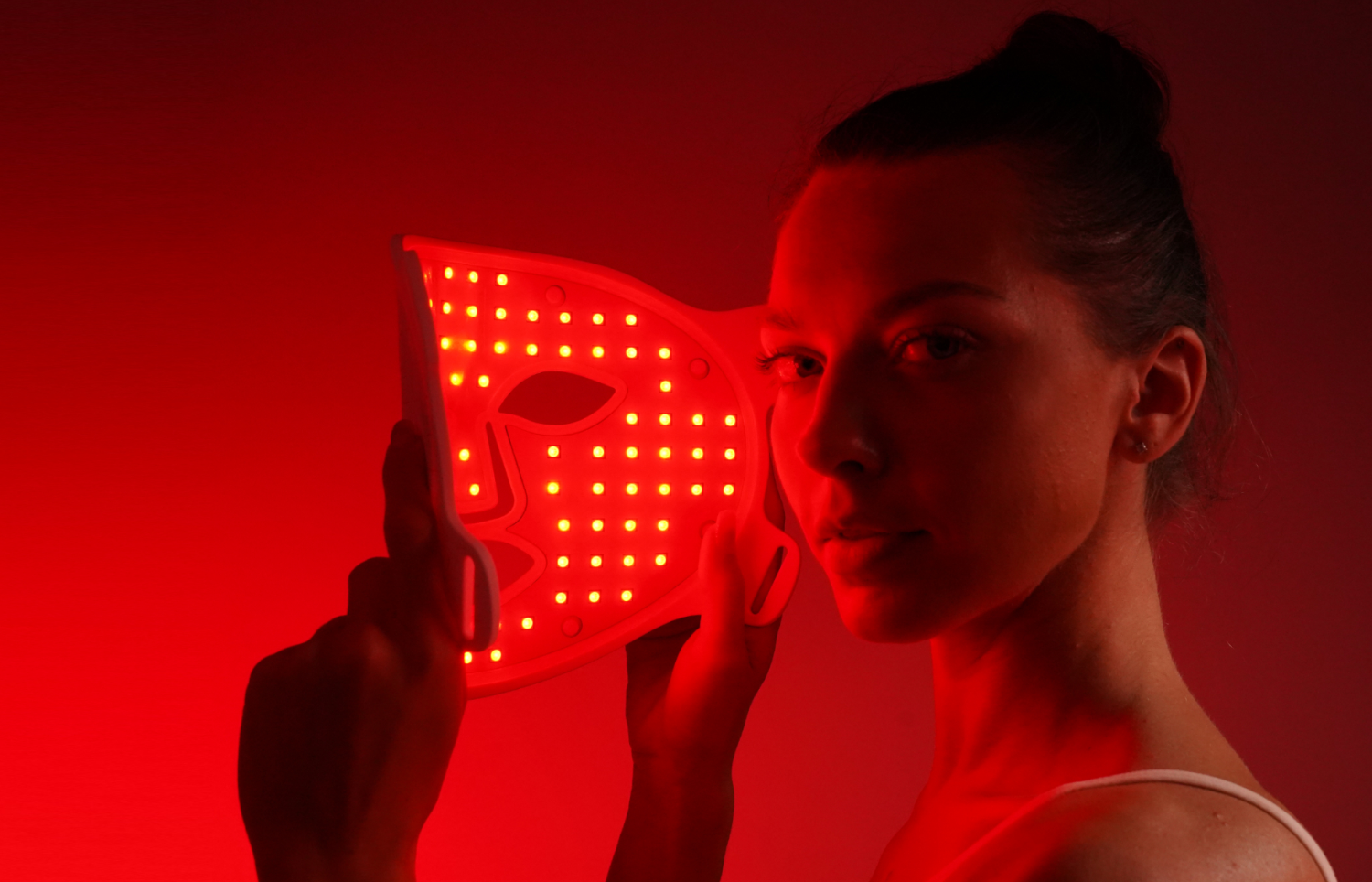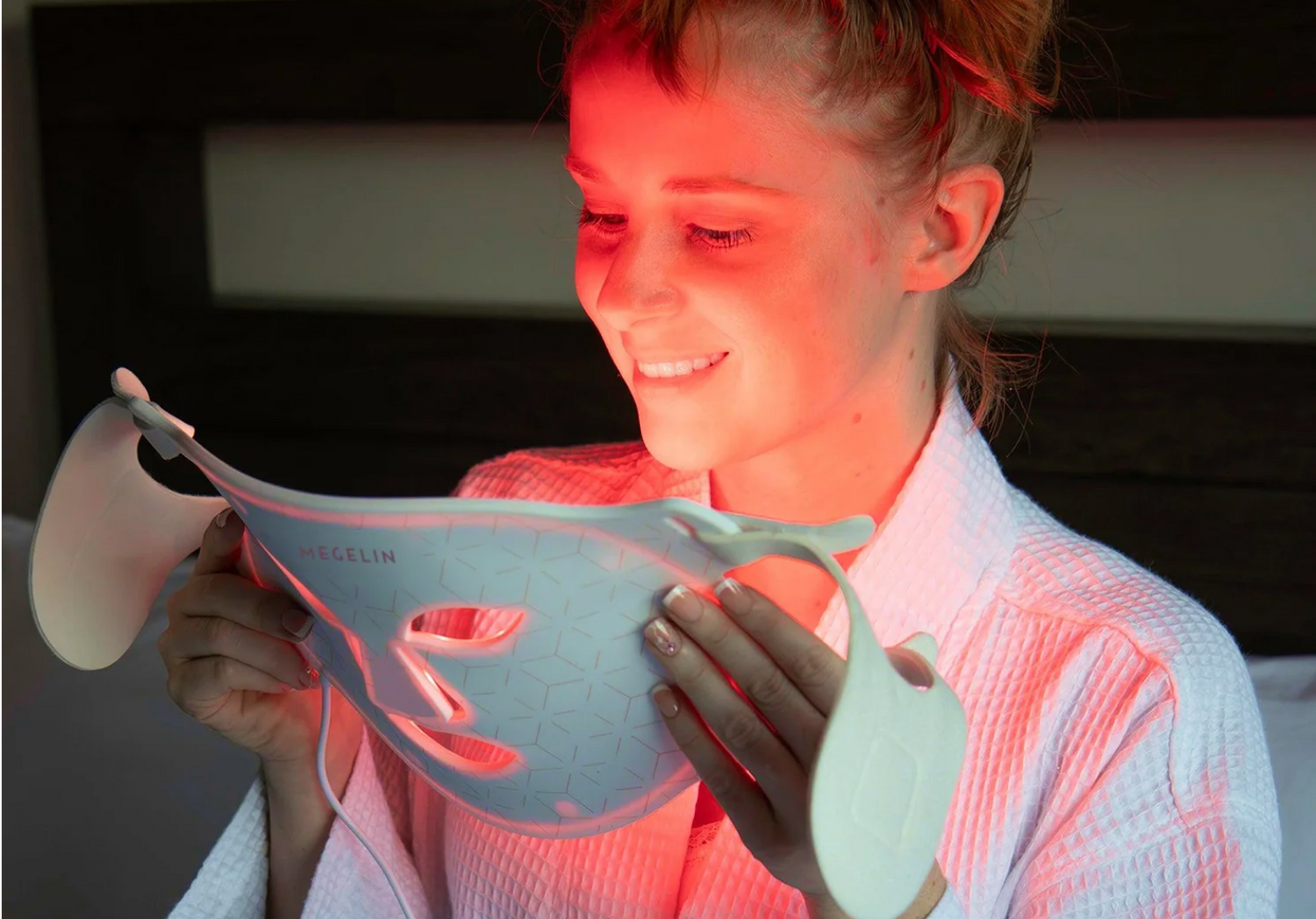
How Red Light Therapy Can Help with Blood Clots
megelinbeautyIn our ongoing quest for innovative health solutions, red light therapy for blood clots emerges as a promising modality, offering potential relief and preventive benefits for conditions related to poor circulation such as deep vein thrombosis, varicose veins, and atherosclerosis. This non-invasive technique, known for its ability to promote healing and reduce inflammation, has gained attention for its role in enhancing blood flow, improving vascular health, and potentially mitigating the risks associated with blood clots. By diving into the science behind red light therapy, we can unveil how it might contribute to the circulatory system's health, providing a beacon of hope for individuals suffering from or at risk of cardiovascular diseases, pulmonary embolism, and other circulatory disorders.
The upcoming sections will explore the importance of maintaining healthy blood circulation, delve into the mechanisms by which red light therapy operates—including its effects on nitric oxide production, vasodilation, ATP production, and reduction in oxidative stress—and highlight practical applications for managing and preventing blood clots. By comparing red light therapy with other treatments, we aim to provide an educational panorama of available options, empowering readers with knowledge on how to enhance their circulatory health. Through a focused examination of red light therapy’s impact on cellular energy, blood vessel function, and lymphatic circulation, this article offers insights into how this therapy could revolutionize the management of blood clots, providing an in-depth understanding for health-conscious individuals seeking guidance on this topic.
The Importance of Healthy Blood Circulation
Blood circulation is pivotal for maintaining overall health by delivering oxygen and vital nutrients to cells while removing waste products [1]. The circulatory system, comprising the heart, veins, arteries, and capillaries, ensures that oxygen-rich red blood cells nourish every part of the body, including critical organs like the brain and kidneys, and efficiently carry away carbon dioxide and other waste [1].
Effects on Overall Health
Healthy blood cells are crucial for proper oxygen transport, nutrient delivery to organs, and regulation of oxygen levels in the bloodstream through hemoglobin [1]. Optimal blood circulation offers numerous benefits, such as heightened energy levels, enhanced mental clarity from increased oxygen in the blood, reduced inflammation, improved digestion from better nutrient absorption, lowered risk of serious conditions like heart disease or stroke, and enhanced skin health through boosted collagen production [1]. Additionally, good circulatory health supports the immune system, enabling it to more effectively combat infections [1].
For women, efficient circulation is essential not just for general health but also for reproductive health, influencing everything from menstrual symptoms to pregnancy outcomes [1]. In men, circulation plays a crucial role in sexual health, particularly in maintaining erectile function, and contributes to overall cardiovascular health [1].
Signs of Poor Circulation
Symptoms of compromised circulation can vary widely, including varicose veins, muscle cramps, swelling, sores, edema, numbness, tingling, cold extremities, and discoloration of hands and feet [2]. These signs often indicate underlying health issues that can deteriorate if not addressed, affecting the body's ability to perform basic functions like temperature regulation and nutrient distribution [2].
Conditions such as deep vein thrombosis and peripheral artery disease are common culprits behind poor circulation, often exacerbated by factors like age and weight gain [2]. Recognizing these symptoms early can lead to more effective management of the underlying conditions, potentially preventing serious complications such as organ damage or, in severe cases, amputation [2][3].
In summary, maintaining healthy blood circulation is fundamental to overall well-being, influencing various aspects of health from organ function to immune response. Recognizing and addressing signs of poor circulation is crucial in preventing long-term health issues.
Mechanisms Behind Red Light Therapy
Red light therapy, a non-invasive treatment modality, leverages specific wavelengths of light to enhance cellular function and promote healing processes within the body. This section delves into the fundamental mechanisms through which red light therapy influences nitric oxide release, vasodilation, and cellular energy enhancement.
Nitric Oxide Release
Nitric oxide (NO) plays a pivotal role in cellular signaling and vascular health. Red light therapy assists in dissociating NO from cytochrome C oxidase (NO-Cox), a critical interaction that enhances mitochondrial function and ATP production [3][4]. This process is significant as NO acts as a competitive inhibitor of oxygen during ATP synthesis, limiting energy production and increasing oxidative stress [5]. By facilitating the breakdown of nitric oxide bonds, red light therapy ensures more efficient cellular respiration and energy production [4].
Vasodilation
The application of red light therapy has been shown to induce vasodilation, an essential process for improving blood flow and reducing blood clot risks. Studies suggest that exposure to 670 nm light stimulates the release of NO from endothelial stores, promoting vasodilation independent of traditional nitric oxide synthase (NOS) pathways [5][6]. This effect is attributed to the light-induced liberation of NO from nitrosylated and nitroso derivatives, enhancing blood flow and vascular health [6].
Cellular Energy Enhancement
Enhancing mitochondrial function is another crucial aspect of red light therapy. By increasing the number and efficiency of mitochondria, red light therapy boosts ATP production, the energy currency of the cell [3][4]. This increase in cellular energy not only improves overall body function but also supports various healing processes. The therapy enhances the electron transfer process within cells, combating the buildup of nitric oxide and oxidative stress, which are detrimental to cellular health [4].
Through these mechanisms, red light therapy offers a promising approach to managing and preventing conditions associated with poor blood circulation and clot formation, making it a valuable tool in medical and therapeutic settings.
Practical Applications of Red Light Therapy for Blood Clots
Preventing Blood Clot Formation
Red light therapy has been identified as a beneficial tool in preventing the formation of blood clots. The therapy's influence on enhancing nitric oxide production promotes better blood flow and reduces the likelihood of clotting. This is particularly crucial in individuals who are at a higher risk due to genetic factors or lifestyle choices such as prolonged periods of inactivity.
Supporting Post-Injury Healing
The application of red light therapy post-injury can accelerate the healing process by stimulating cellular activity and increasing blood circulation to the affected area. This not only speeds up recovery times but also minimizes the risk of complications related to blood clots. Enhanced blood flow ensures that healing components, like white blood cells and nutrients, are adequately supplied to the injury site, promoting efficient recovery.
Reducing High-Risk Factors
Regular use of red light therapy can help manage and reduce factors that contribute to the high risk of blood clot formation. By improving overall circulatory health, the therapy aids in alleviating conditions like varicose veins and deep vein thrombosis, which are often precursors to more severe clotting issues. This proactive approach is essential for individuals with a history of circulatory system diseases, offering a non-invasive option to enhance their vascular health.
Comparing Red Light Therapy with Other Treatments
When evaluating the management of blood clots, it is crucial to compare red light therapy with traditional treatments such as medications, surgical procedures, and lifestyle changes. Each treatment has its unique mechanisms and implications for patients with circulatory issues.
Medications
Anticoagulant agents are commonly used to prevent and treat thromboembolic complications, which are a major cause of morbidity and mortality. However, these medications come with the risk of major bleeding, which is a severe side effect. New anticoagulants that allow for rapid reversal of their effects are under development to address these risks. Localized antagonization of anticoagulants would be particularly beneficial in cases where surgical treatment is necessary, such as tooth extraction, which can lead to severe bleeding while the systemic anticoagulant effect remains stable [7].
Surgical Procedures
In contrast to non-invasive treatments like red light therapy, surgical interventions for blood clots can be invasive and carry significant risks. Procedures may involve removing or bypassing the clot, which can be critical but also pose a risk of complications and require a lengthy recovery period. The invasive nature of these treatments often makes them a last resort, used when other methods have failed or when immediate intervention is necessary due to the severity of the clot.
Lifestyle Changes
Lifestyle modifications are often recommended alongside other treatments to improve blood circulation and prevent the formation of new clots. These include regular exercise, a nutritious diet, and adequate sleep. Red light therapy supports these lifestyle changes by enhancing cellular function and improving circulation, thus complementing the holistic approach to preventing and managing blood clots [8]. Regular sessions of red light therapy can significantly increase blood circulation, which is crucial for delivering oxygen and nutrients for healing and for the efficient removal of toxic byproducts from the body [8].
Red light therapy offers a non-invasive, complementary option that works synergistically with lifestyle adjustments and can be an alternative or adjunct to more invasive treatments. Its ability to enhance circulation and support cellular function without the severe side effects associated with some medications and surgical procedures makes it an attractive option for managing blood circulation and preventing clot formation.
Conclusion
Throughout this exploration of red light therapy's role in enhancing circulatory health, we have highlighted its beneficial effects in preventing blood clot formation, supporting post-injury healing, and reducing risk factors associated with poor circulation. By delving into the science behind how red light therapy aids in the release of nitric oxide, promotes vasodilation, and enhances cellular energy, the therapy emerges as a powerful ally in the prevention and management of conditions that predispose individuals to blood clots. The comparative analysis with traditional treatments further underscores its potential as a non-invasive, low-risk option that complements lifestyle changes and medical interventions.
As we consider the future of circulatory health management, red light therapy holds promise for offering individuals a proactive measure against the formation and complications of blood clots, with its broad implications for improving overall vascular health. While further research could illuminate its long-term benefits and optimal application protocols, the current evidence positions red light therapy as a valuable tool in the medical and therapeutic arsenal for enhancing blood flow and preventing the myriad health challenges associated with poor circulation.
FAQs
1. Can red light therapy enhance blood circulation?
Yes, red light therapy can improve blood circulation by increasing the supply of oxygen and nutrients to the cells, which promotes cell regeneration.
2. What treatment is used to dissolve blood clots?
Thrombolytic therapy is specifically designed to dissolve blood clots. It is frequently utilized in emergency situations at medical facilities like Tampa General Hospital to address severe threats such as heart attacks, strokes, or pulmonary embolisms.
3. Do red blood cells contribute to blood clotting?
Previously believed to be passive in clot formation, red blood cells (RBCs) are now understood to actively participate in the formation and contraction of clots. They also play a role in regulating the resolution of clots through a process called fibrinolysis.
4. What effects does red light have on blood?
Red light therapy helps to enhance blood circulation, which can lead to improved energy levels, accelerated healing processes, reduced inflammation, and improved skin health. This therapy is recognized as a safe and natural method to boost overall health.
References
[1] - https://sanguina.com/blogs/all/the-importance-of-good-blood-circulation
[2] - https://www.webmd.com/dvt/symptoms-poor-circulation
[3] - https://vitalheartandvein.com/news/symptoms-of-poor-circulation-in-the-body-vascular-issues
[4] - https://www.sciencedirect.com/science/article/pii/S1089860321000914
[5] - https://www.ncbi.nlm.nih.gov/pmc/articles/PMC5699925/
[6] - https://www.ncbi.nlm.nih.gov/pmc/articles/PMC9108481/
[7] - https://onlinelibrary.wiley.com/doi/full/10.1002/anie.202108468
[8] - https://joovv.com/blogs/joovv-blog/improving-blood-flow-with-red-light-therapy











